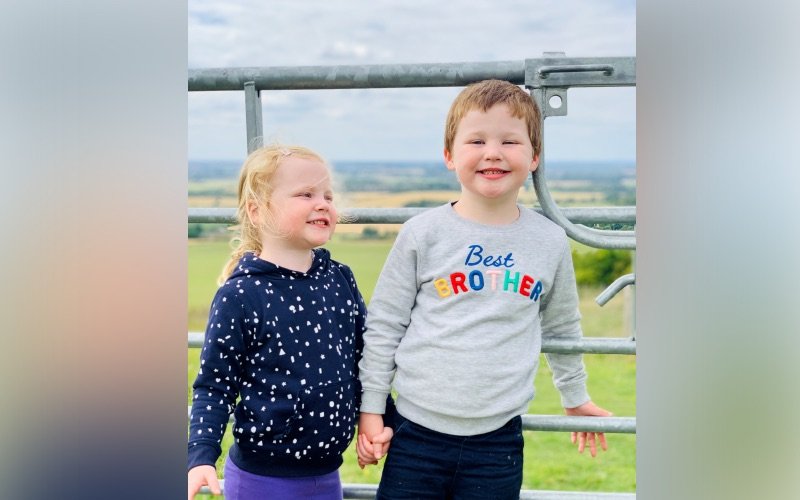Not shying away from conversations about race is the first step in raising an anti-racist child, says Jo Hudson, Head of Internal Communications, Bupa Group.

I have two children, Henry, who’s just turned 5, and Mia, who’s 3. They’re curious about everything, and ask me thousands of questions a day, some of which can feel tough to answer: “Why does Sam at nursery have brown skin?”, and “Why does that lady wear a scarf on her head?”
It would be easy to ignore these types of questions and fob them off with a “because they do” answer. But no matter the question, or where or how they ask it, I want to send them the message that it’s OK and important to talk about race.
The Black Lives Matter movement has brought this thought even more front of mind for me. I used to think it was OK to say, “I don’t see colour”. Martin Luther King Jr. said in his ‘I have a Dream’ speech, that he wanted his children to live in a world where they would be seen for the content of their character, not the colour of their skin.
But recently, I’m learning that claiming to not ‘see colour’ will not resolve issues of inequality and injustice, it will only perpetuate them. To pretend race doesn’t exist silences the experiences of black people and ignores systemic racism.
Books and stories
So Henry, Mia and I have started reading some great books at bedtime, to help them ask more questions, and head off any unintentional prejudice at the pass, and it’s been invaluable for me too, learning about black people from history that, frustratingly, I didn’t hear much about at school.
They are incredulous that people were hurt or imprisoned because they have a different colour skin to us. We chat about how our words and actions can be hurtful and how they might make someone feel, but also about how our differences make us unique and talented at different things, and that’s great.
- Little People, Big Dreams – a whole series of books spotlighting visionary people throughout history, beautifully written and illustrated for children. I’ve been reading the stories of Martin Luther King, Rosa Parks and Maya Angelou to Henry and Mia.
- The Smeds and the Smoos - a beautiful story book for small children about friendship and tolerance, accepting and embracing each other’s differences.
- The Story of the Windrush – for slightly older children, this one tells the important story of the hundreds of men and women who arrived in the UK from the Caribbean in 1948.



